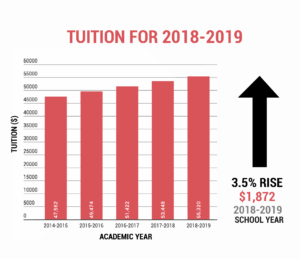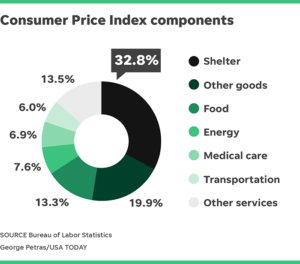When the world around us seems so grim, why not escape to a new one all together?
That’s the psychology behind what a handful of economist have dubbed the “buttered popcorn index,” an economic indicator which suggests that in times of recession, Americans turn to the comfort of plush velvet seats, caloric popcorn, and the thrill of being transported to a different time or place via the big screen.
In 2009, while the stock market performed terribly, domestic movie ticket sales were up over 17 percentage points, bringing what Media by the Numbers estimated to be around $1.7 billion in revenue. While some may try to argue that the impressive sales were the result of increased ticket prices, the data also indicates that the number of Americans heading to the movies had also increased almost 16%. Could this phenomenon be explained by something other than the economy, like the quality of the movies premiering at the time?
A basic look at the films racking in profit during 2009 indicates an emphatic no to the question posed above. For example, Paul Blart: Mall Cop was one of a handful of films that performed well at the time, bringing in $83 million in January of 2009. Today, the film’s crude humor and weak plot line would likely cause any rational adult to be staggered by the figure, particularly given the economic landscape at the time. But, that’s exactly the point—Americans in 2009 not only tolerated bad movies, but they actually found solace in them.
Paul Blart: Mall Cop does not stand alone in this category. Talking more broadly about a handful of films out at the time, Rodger Smith, the executive editor of Global Media Intelligence, said that it would “take a very generous person to call these pictures anything other than middle-of-the-road, at best.”
History indicates a similar phenomenon in past recessions. In 1982, theater attendance “jumped 10.1 percent to about 1.18 billion…as unemployment rose sharply past 10 percent” before admissions fell nearly 12% as the economy simultaneously picked up. Furthermore, some have said that the Great Depression was “the heyday of movie attendance in America” with many flocking to the cinema to see a film.
When the Great Recession rolled around, some predicted that box offices wouldn’t see the same bump as they had in past recessions. Many consumers were now proud owners of DVDs, high-definition TVs, and a grocery list of purchased movies in their iTunes databases. While a logical prediction, in 2009 Americans demonstrated their undying love and appreciation for a trip to the movies, even in the toughest of times. More broadly, maybe that also explains why movie ticket sales seem to be so high today—although our economy is thriving, and there are many fantastic films to see, perhaps factors such as our tumultuous political landscape, deepening partisanship divides, and wavering relations with other nations are driving Americans yet again to escape into the world of motion picture.
Sources:
http://articles.latimes.com/2008/oct/29/business/fi-hollyecon29
https://www.theguardian.com/world/2009/feb/02/usa-mediabusiness
https://www.newyorker.com/business/james-surowiecki/movies-really-are-recession-proof
https://business.financialpost.com/business-insider/the-40-most-unusual-economic-indicators




